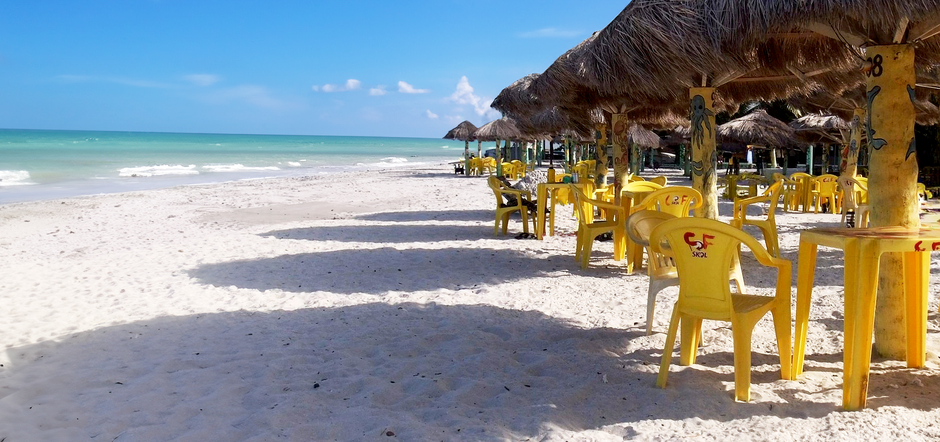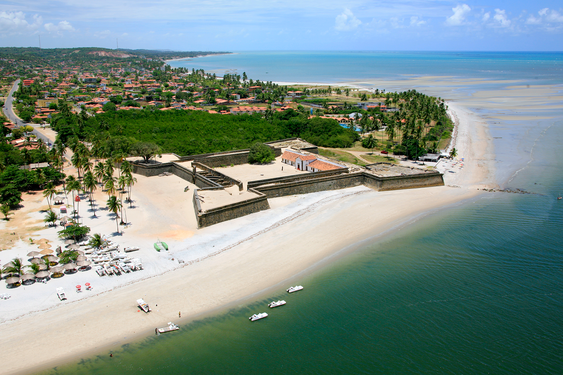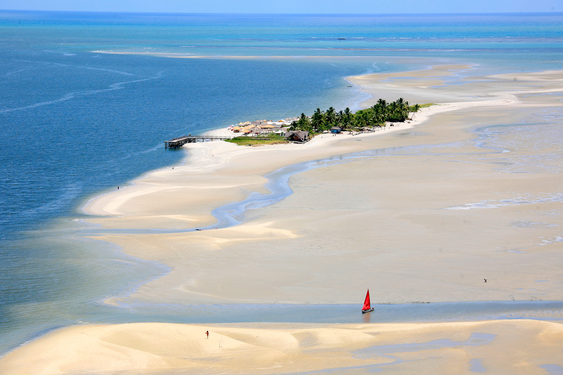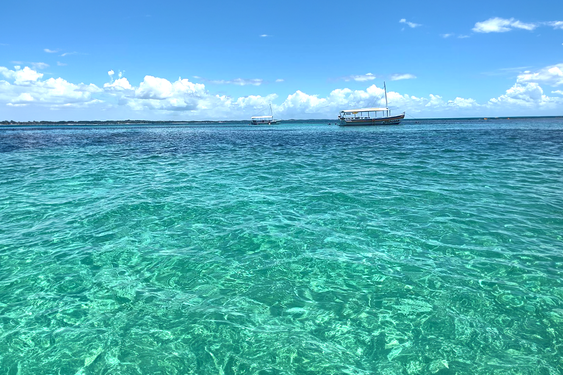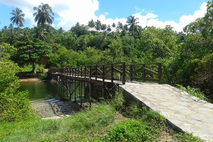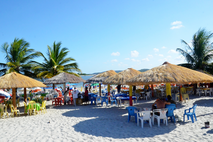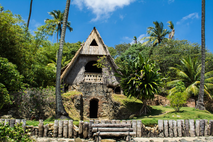Itamaracá THE island of dreams, light and colors
A paradise of white sand and sparkling water
Itamaracá is located on the north coast of Pernambuco near the city of Recife. The island enchants visitors with eleven wonderful beaches and their incredible beauty. Its history is shaped by
Dutch and Portuguese influences. The Tupi Indians gave it the name "Itamaracá", which means "singing stone".
White, beautiful beaches characterize the image of the island. Praia do Forte Orange stands out as the most well-known beach. The fortress is also located there as a historical landmark and
popular photo opportunity. The island also includes the small island of "Coroa do Avião", and the old settlement of "Vila Velha" crowns the highest point of the island. From there, visitors can
enjoy a spectacular view of the entire island and coastal landscape.
Fort Orange and the History of Itamaracá
Northeast Brazil flourished in the 17th century thanks to the sugar trade. At the same time, the region was marked by fierce disputes and armed conflicts. The Dutch conquered Pernambuco in 1630.
Their troops built new fortifications in Recife. The island of Itamaracá played a crucial role in military control and trade between Olinda and Recife.
The Dutch officer Steyn Callenfels built Fort Orange out of clay in 1631. He also reinforced it with stones. Callenfels named the fortress after the Dutch ruling family of Orange, who ruled
during the invasion. After the battles at Guararapes and the defeat of Holland, Portuguese-Brazilian troops took over the fort and rebuilt it with stones.
Coroa de Avião - Where the tropical paradise becomes reality
The sandbank "Coroa do Avião" enchants every heart with its postcard idyll. Boats take visitors from Praia do Forte Orange beach to the sandbank in less than 5 minutes. Coconut palms, refreshing
water and rustic bars characterize the picture. The regional cuisine is a special attraction. The dishes consist mainly of seafood and offer delicious specialties such as fried shrimp, crabs,
Agulha Branca fillet, a fish from northeastern Brazil, and Caldinho, a creamy soup.
The Dutch Fortress stands on Praia do Forte Orange. A museum, handicraft shops and a chapel fill its rooms. The fortress walls offer a breathtaking view of the beach and the sandbank Coroa do
Avião.
Where the clear water and white sand invite you to dream
With eleven different beaches, Itamaracá offers a wide range of options. Another highlight are the natural pools that have formed in the middle of the reefs. If you want to take a dip in the incredibly clear water, you can take a boat to the natural pools that are not far from the island.
After the beach, it is worth taking a detour to Vila Velha, one of the oldest towns in
Pernambuco. The first chapel was built here in 1526. Colonial houses still characterize the townscape today.
The ruins of the Rosário dos Pedras church impress every visitor. The Dutch hiking
trail attracts visitors with colorful butterflies and magnificent giant fruits. Its viewpoints offer fascinating insights into
mangroves, rivers and beaches.
The perfect setting for unforgettable memories

A tribute to Itamaracá by Reginaldo Rossi. "Island of dreams, light and colors," as he sings about it.

